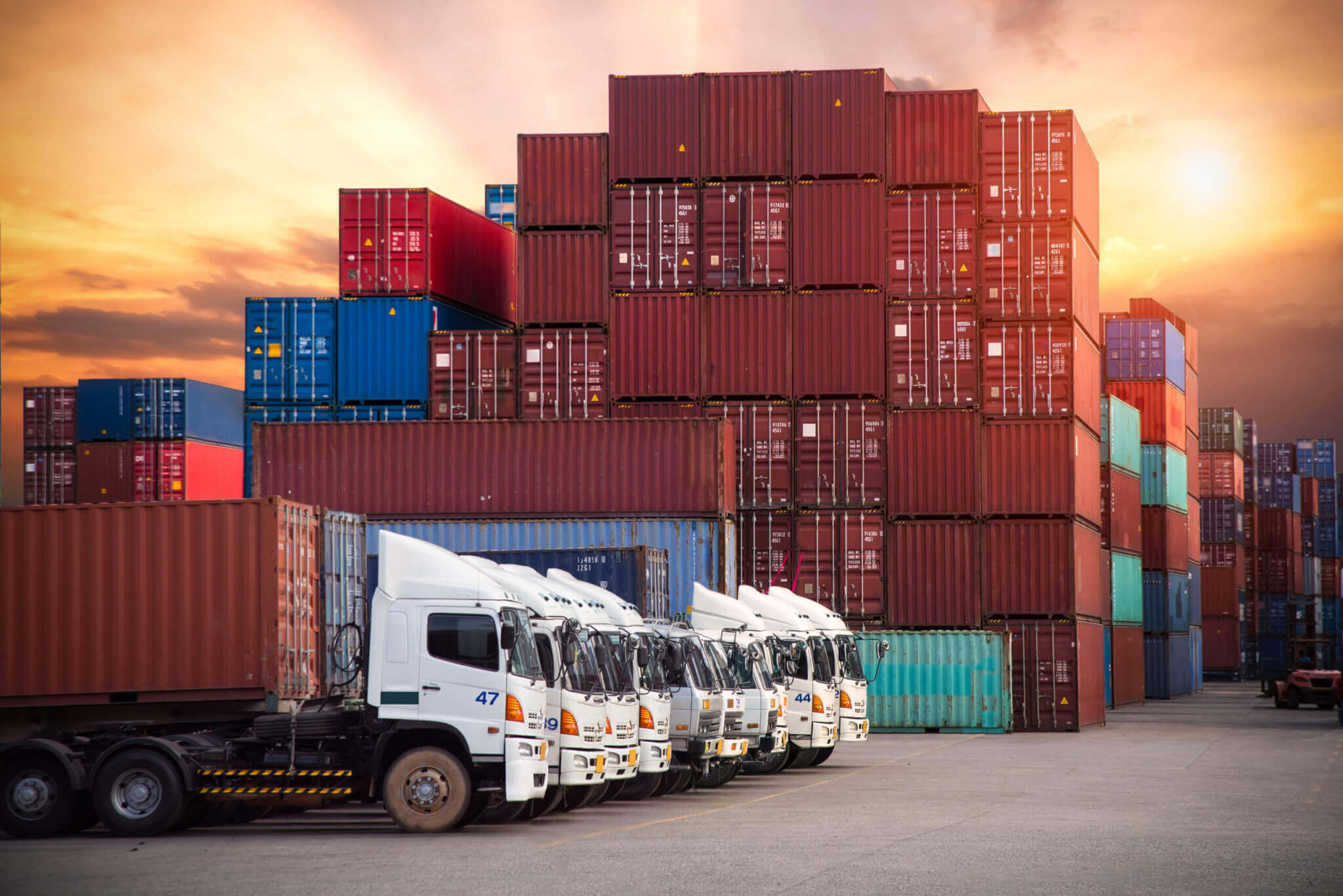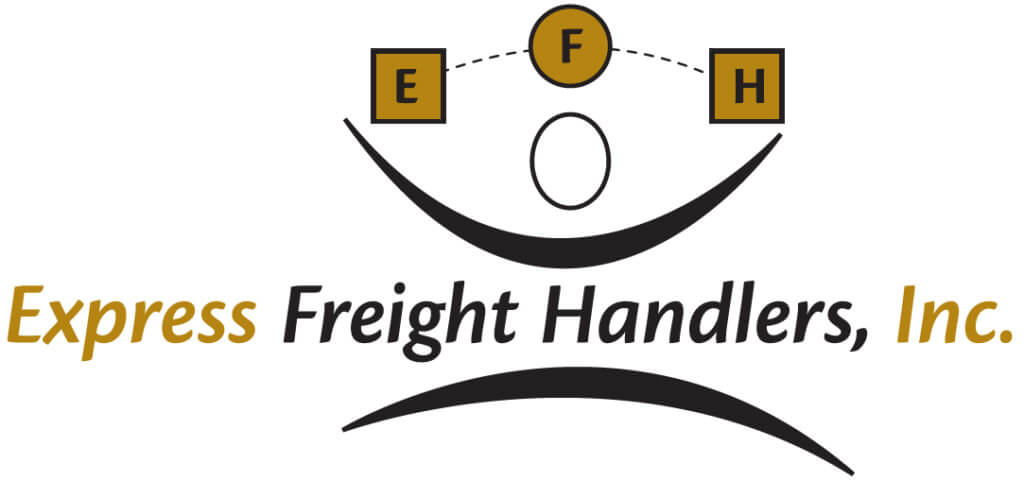
Every industry has its jargon which outsiders are not likely to understand. In the logistics, freight and supply chain industries, the term “lumper” refers to specialized freight handlers who literally load and unload freight and goods from containers and trailers. This is skilled labor and relies on a wide range of techniques, tools, and equipment to swiftly and safely load and unload cargo. In the shipping industry there is another term that those outside the business will not easily understand. In this posting we’ll discuss “container stuffing”, what it entails, and why it is so important to partner with a dependable team of professionals to handle this vital task.
The literal meaning of container stuffing describes the act of packing cargo into a shipping container. De-stuffing is the reverse, that is the removal of stuffed cargo from a container when it is deposited at its destination. Every year, the shipping industry grows, at times exponentially. To be successful, container stuffing must be performed both carefully as quickly as possible. It is essential that this task is performed by skilled professionals who are familiar with loading in either boxes, on pallets, or a combination of both in one shipment. Being mindful of the size and state of the cargo is also key. First the goods must be carefully packaged to protect the contents. Load shift can occur in transport so to avoid damage or asset losses, careful packaging and cargo placement are integral to the cargo arriving in prime condition. The action of container stuffing is monitored to ensure that this key link in every supply chain is performed correctly.
So we’ve covered the first step, that to perform container stuffing correctly, the products must be packaged compactly and safely. The next step is securing the cargo by using a secured framework such as a pallet or crate. The lumpers must take care to ensure the load is balanced to prevent load shift. Lashing will secure stacked boxes that must be loaded with the heaviest on the bottom, then the containers are closed and sealed, lifted by crane or forklift for stacking or loading into their next mode of transport.
First and foremost, container stuffing for the shipping industry is not a task that should be left to inexperienced personnel or day laborers. It requires skill, experience, and training in both loading and unloading techniques, tools and equipment handling, and most important, OSHA safety training. At Express Freight Handlers, we load and unload over a million trailers and containers every year for clients in 38 states. Our OSHA-trained and certified staffers can be deployed as needed to perform container stuffing safely and as quickly as possible. Contact us to learn more about how our team can make a positive impact on both your supply chain efficiency and your operation’s bottom line. Call today!

